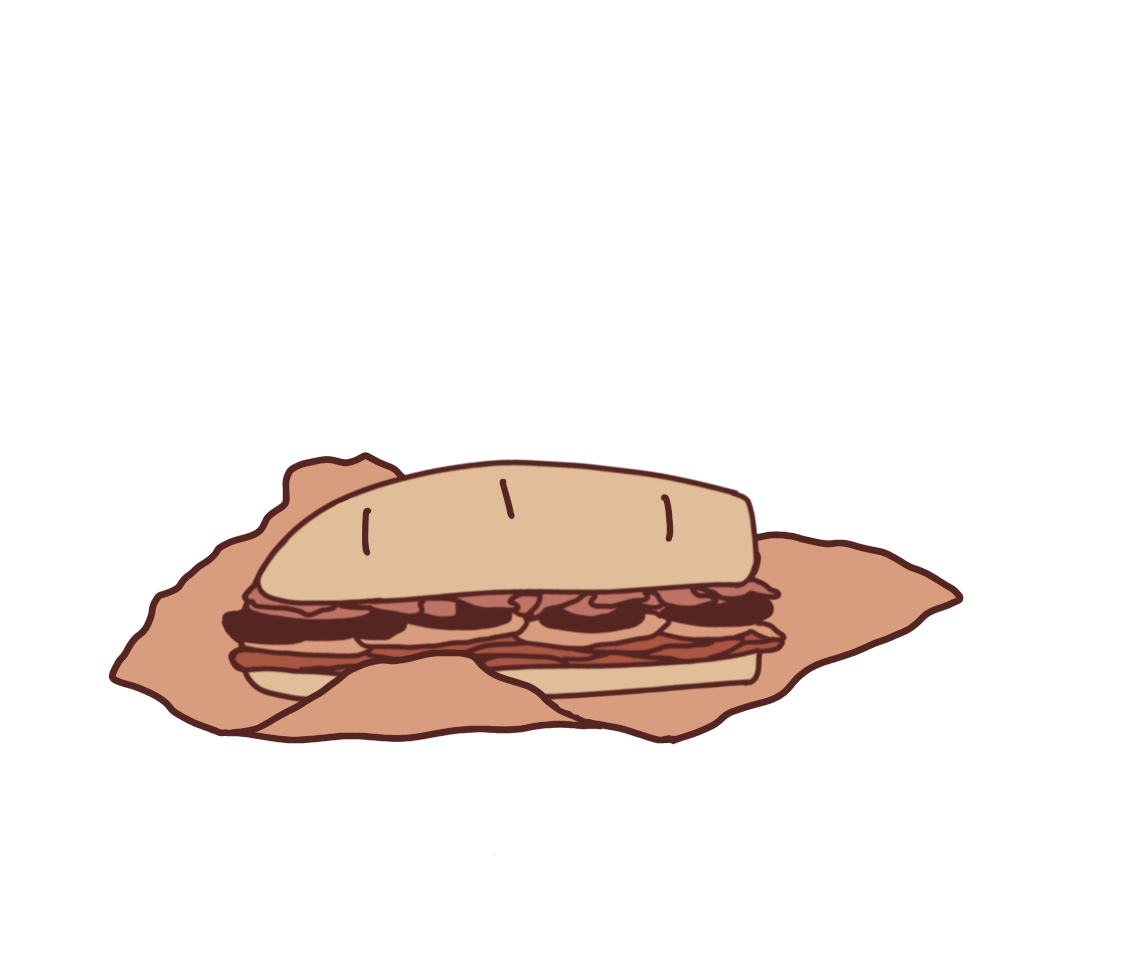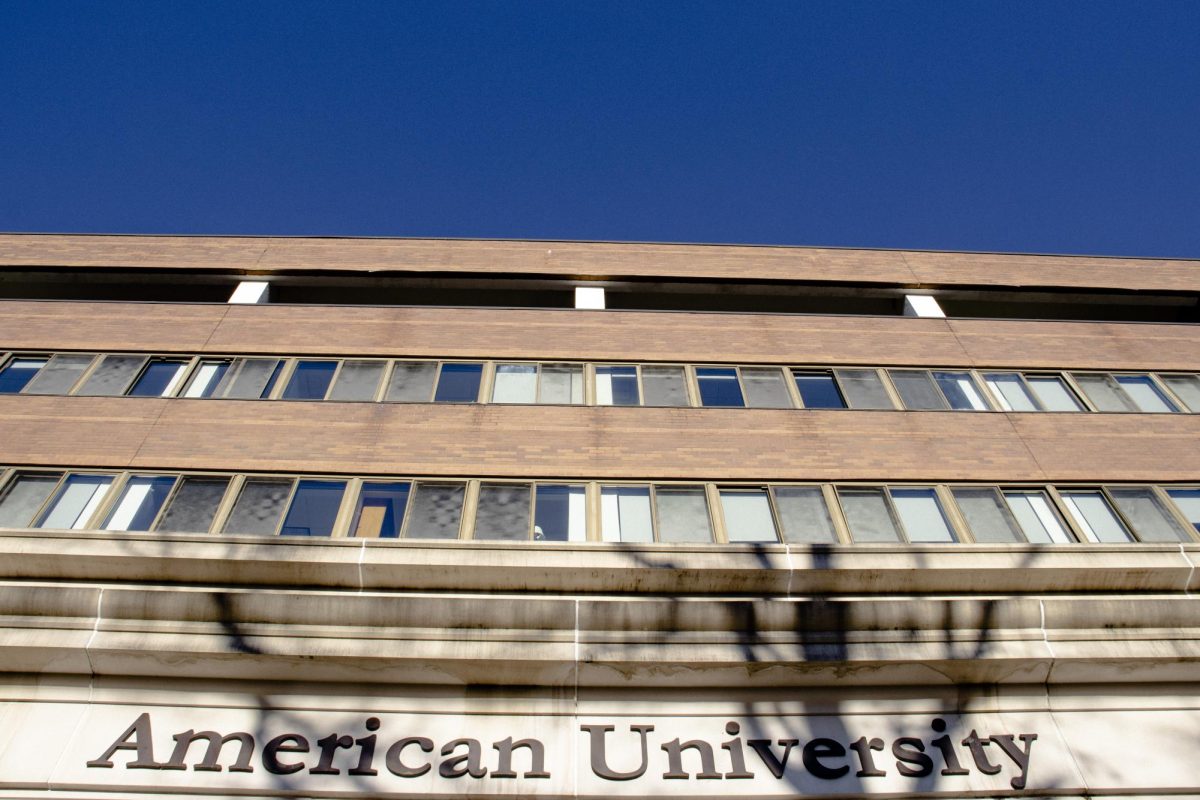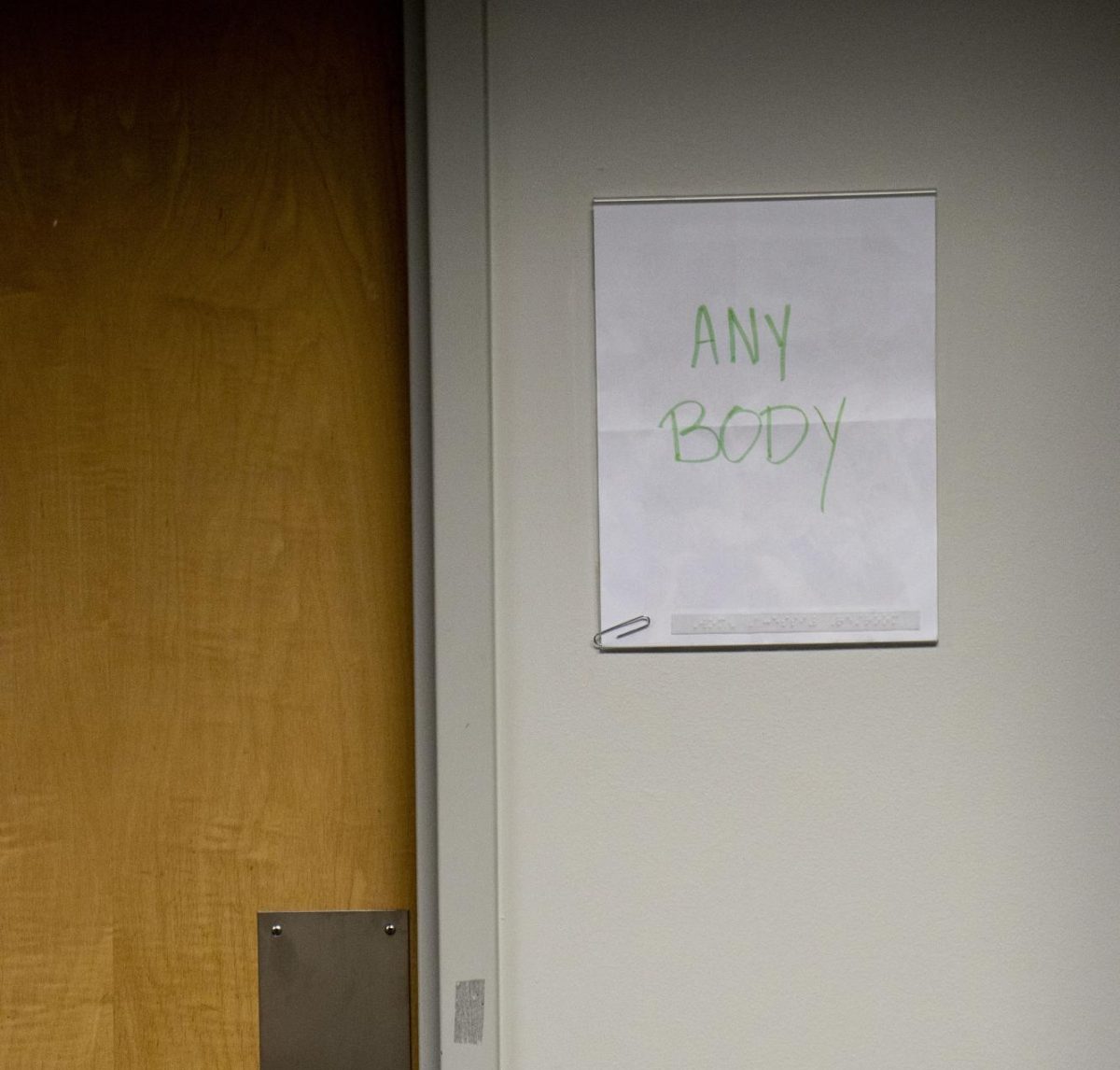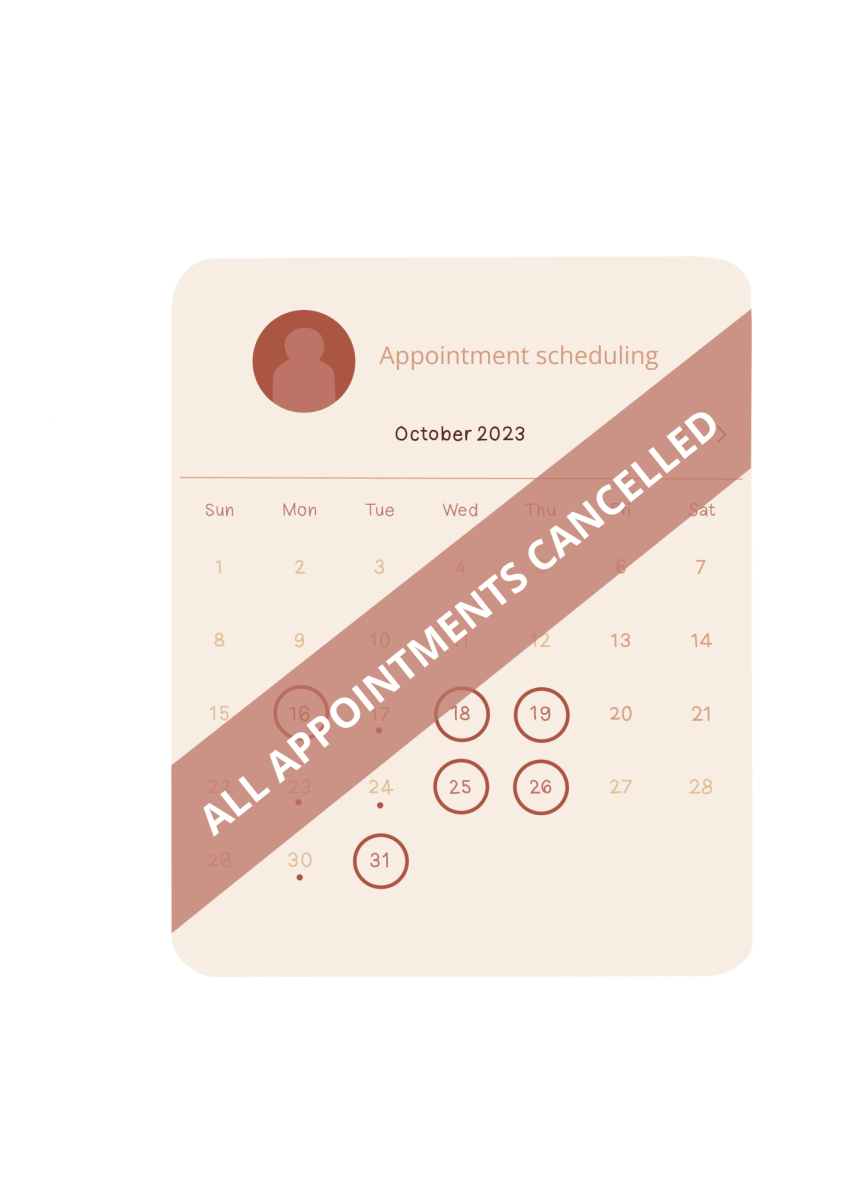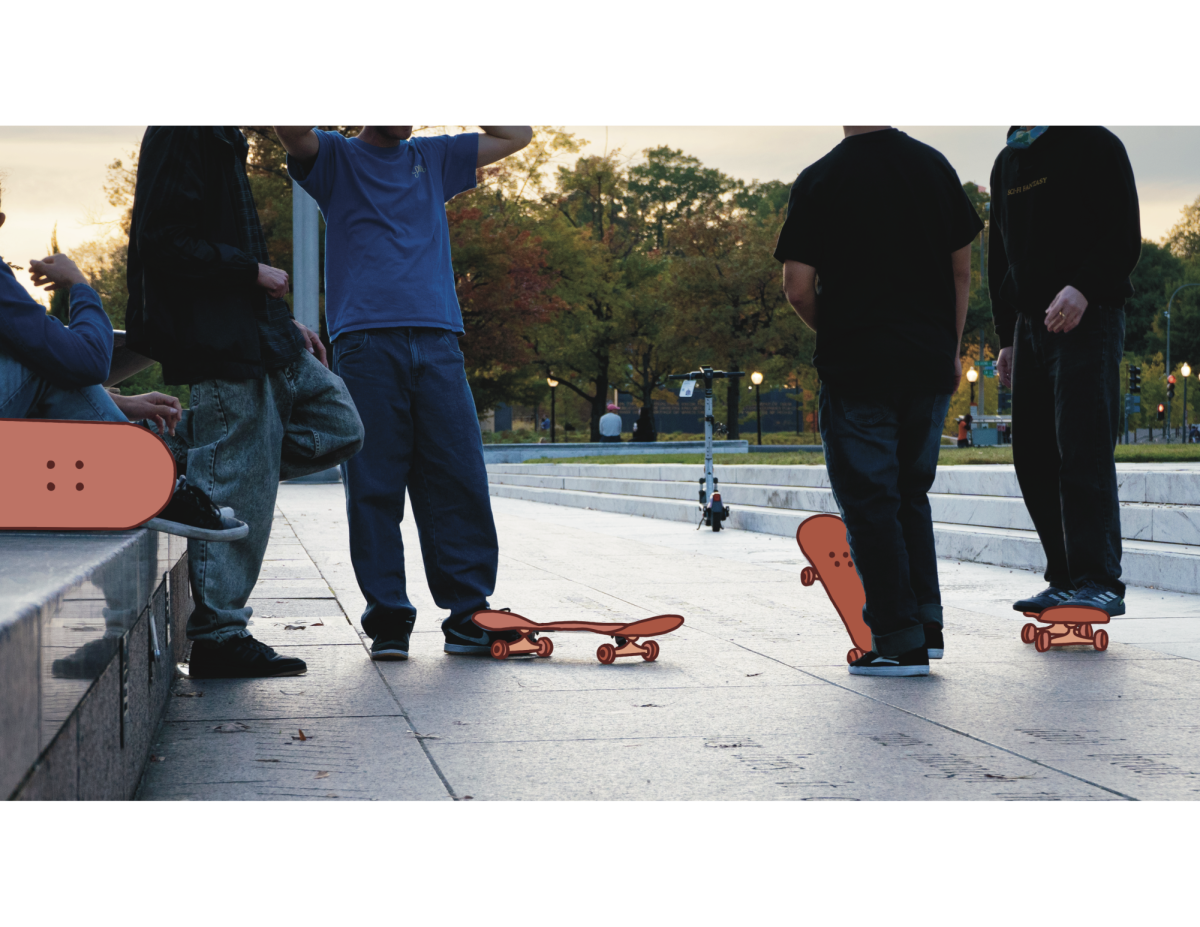Editor’s Note: This story includes discussions of measuring calories. Our purpose is not to assign value or judgment on how many calories someone eats in a meal but rather to examine a meal exchange’s energy content and food value.
Students on an American University meal plan can spend one meal exchange to eat a variety of food ranging from 5 to 2,600 calories, according to AU meal exchange documents, menus and nutritional information reviewed by AWOL.
Students can use meal exchanges to purchase a variety of food, but some purchases give them more food than others, according to AWOL’s investigation. With each swipe, students use up part of their meal plans, potentially receiving less energy than they could’ve gotten.
Students can use a meal swipe to eat 2,600 calories by ordering a Subway 12-inch tuna sandwich on Italian herb and cheese bread with the 21 toppings AU’s Subway offers and pepper jack, provolone or Monterey cheese paired with a 22-ounce Mountain Dew soda, according to Subway’s July 2023 nutrition information document and Pepsico’s online Fountain Calorie and Nutrition Report tool.
However, one meal exchange is also worth a five-calorie bowl of vegetables, according to Hissho Sushi’s in-person meal exchange menu. Customers can order a poke bowl with just three vegetables, according to the menu. Two of those vegetables can be green lettuce and red radish, which the menu lists as having zero calories. Venues can list foods as zero calories if they have less than five calories, according to a 2010 report published by the National Library of Medicine. The third vegetable can be cucumber, red cabbage or carrot, which have five calories each, according to the menu.
The three-ingredient Poke Bowl is, therefore, worth five calories and can be purchased with the same meal exchange as the 2,600-calorie Subway sandwich, according to DineOnCampus’ “Using a Meal Exchange” page for AU.
The energy provided by food is measured in the unit of calories, according to “Calories,” a book by Eva Osilla, Anthony Safadi and Sandeep Sharma published in 2022 by the National Library of Medicine. Cells use the energy to function properly, according to the book.
The measurement includes energy from carbohydrates, fats, proteins and alcohols in foods, according to an August 2023 calorie information document from the Food and Drug Administration.
However, people convert calories to energy differently because of differences in organisms inside the body, according to a gut microbiome study published by Nature Communications in May.
To report caloric information from AU venues, AWOL reviewed in-person menus, food packaging, DineOnCampus’ virtual AU menus, nutrition information documents from Subway, Panera Bread and PepsiCo and the United States Department of Agriculture’s FoodData Central database.
AWOL analyzed in-person menus, GrubHub menus, DineOnCampus’ “Using a Meal Exchange” and “What’s on the Menu” pages for AU and caloric databases to find students can order a variety of calories with one meal exchange. It all depends on how they use their meal exchanges.

First-year student Sabine Kanter-Huchting said she chooses to spend most of her meal exchanges on lunch because of small portion sizes.
“Usually I’m looking for a lighter lunch,” Kanter-Huchting said. “I’m not starving afterwards. Maybe I can eat a little more when I go to my dorm. Fruit or something like that.”
Hissho Sushi’s food can be especially unfulfilling, Kanter-Huchting said. When she does order from the sushi and poke bowl venue, she said she looks at the calories on the sushi containers to make an order likely to fill her up.
“Sometimes I find [that] after I have more calories, I’m more full,” Kanter-Huchting said.
As such, Kanter-Huchting uses calories as a general check for how much food is in her meal.
“I use [them] as a barometer for how hungry it’s going to leave me,” Kanter-Huchting said, referring to the caloric values listed on AU’s menus.
Hissho Sushi’s food, of which Kanter-Huchting said she regularly checks the calories, does have some of the lowest calorie counts at AU.
The rolls are between 210 calories and 410 calories, according to the caloric information on the packages. The venue’s poke bowls have anywhere between 30 and 605 calories, depending on their ingredients, according to the caloric information on in-person menus and the Department of Agriculture’s average calorie counts for ingredients like cucumbers, avocados and mangoes.
At Hissho Sushi, students can order a maximum of 605 calories per meal exchange. That’s the second lowest number of calories a person can order when compared to the maximum number of calories available at other venues.
Hissho Sushi, along with District Pickle, Eagle Express, Halal Shack and Panera Bread’s breakfast menu, offers the lowest-calorie foods at AU.
At those venues, meals, including sides and drinks, have fewer calories than the other five venues. That’s regardless of how they spend their meal exchange, according to AU’s “Using a Meal Exchange” document and caloric information reviewed by AWOL.
In the eyes of first-year Roderick Purdy, places like Hissho Sushi are designed for snack-sized portions while places like True Burger and Baba’s Pizza offer fuller meals, he said.
“Calorie-wise, there’s something about a double-cheeseburger,” Purdy said.
True Burger and Baba’s Pizza’s items offer items that trend toward higher calorie counts per meal exchange, according to AU menus, DineOnCampus’ meal exchange page and the Department of Agriculture’s average calorie counts for their ingredients.
Subway offers more calories to students if they choose the right ingredients. Freshens and Cravetown offer a maximum of 1,640 calories despite having different menus. Panera’s menu for lunch and dinner also offers one of the highest-calorie meals at AU.

In addition, all on-campus venues sell meals with calories between the venue’s calorie range, according to caloric information reviewed by AWOL. The range depends on where students choose to spend their meal exchanges.
Sophomore Jonah Gutterman usually orders a 12-inch Subway sandwich and fountain drink when he’s hungry, he said.
“With a footlong and a drink, I’m usually pretty satisfied with the amount of food,” Gutterman said. “It fills me up for several hours.”
That’s one of two meal exchange options at Subway, according to DineOnCampus’ meal exchange page for AU. Students can also order a six-inch sandwich and receive chips or a cookie in addition to a drink.
However, last year, students used to be able to order chips or a cookie with a 12-inch sandwich. AU Dining leaders removed the option to get a side with a 12-inch sandwich when planning for the Fall 2023 semester because of the price value of meal exchanges, according to Senior Director of Dining & Auxiliary Services Ann Marie Powell.
“This footlong should have never been an option,” Powell said. “We gave in last year and said ‘Okay, let it go.’ It was a mistake by the employees there [to allow] students to get the footlong when it started.”
Powell said she compared the production cost of the footlong with the cost of a meal exchange alongside other AU Dining leaders whom she did not identify.
“Cost-wise, a footlong is not what you would normally be getting with a meal exchange,” Powell said.
AU Dining team members compared food options at each venue to the value of a meal exchange when planning for the school year, Powell said.
AU Dietitian Taylor Guskind, Executive Chef Robert Marquez and Chartwells’ regional dietitian also help determine the foods available through meal exchanges, Powell said.
They consider the number of calories the United States Department of Agriculture recommends college students eat and the convenience of food when deciding what should be available through meal exchanges, Powell said.
“Eating from fast food [restaurants], not eating at home, [and] quick, on-the-go meals have become the norm,” Powell said.
Powell said she encourages students to make meals more convenient by considering what foods they like and the time they have to wait for food.
Students should also contact AU Dining to suggest what to include in venues in meal exchanges, Powell said.
“It’s about communication,” Powell said. “It’s a two-way street.”
More information on the methodology behind this article is on AWOL’s website.


